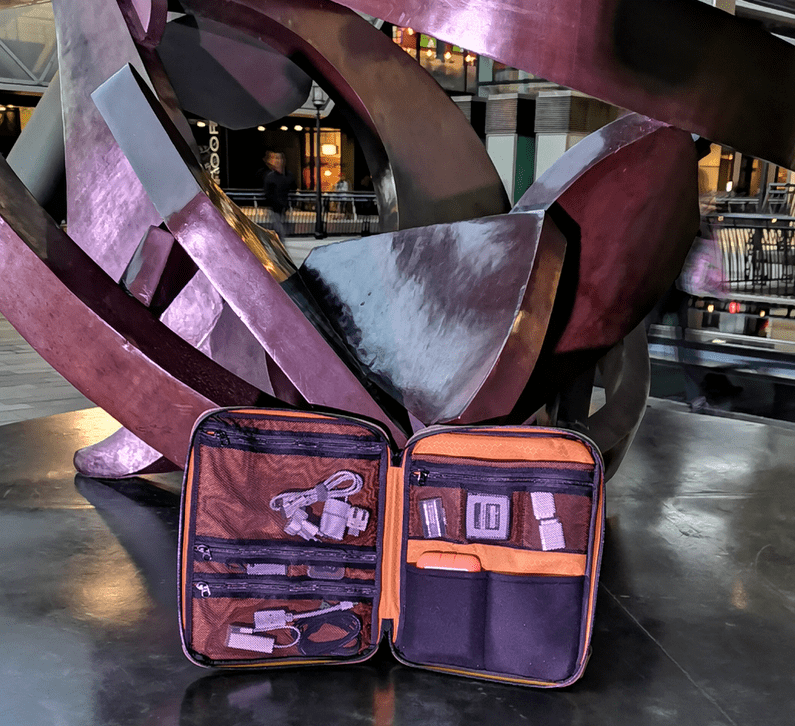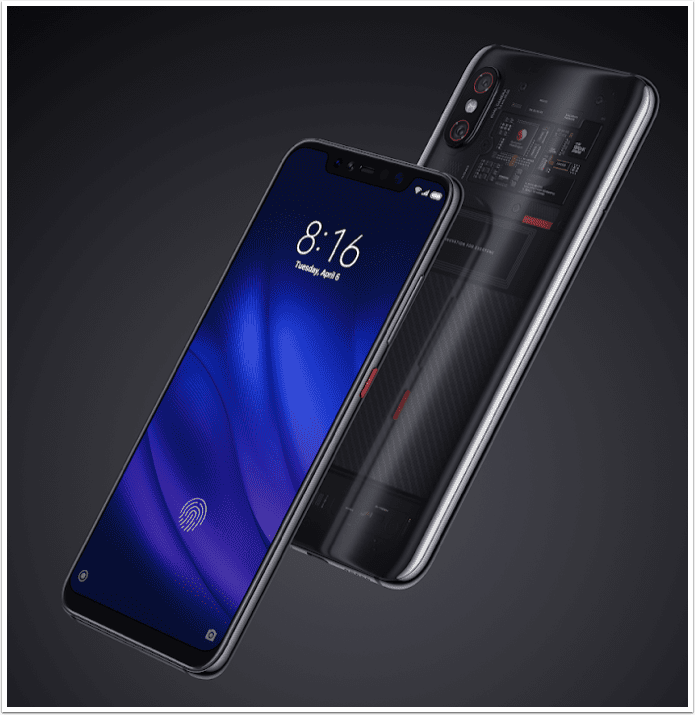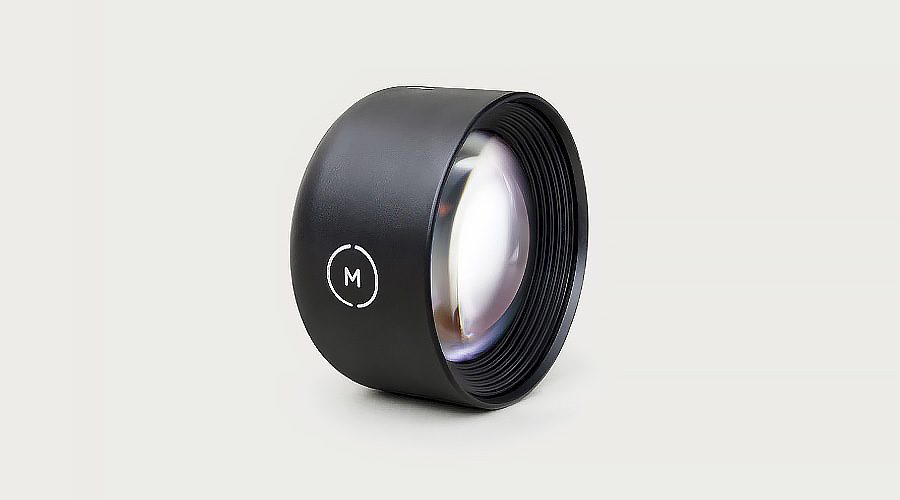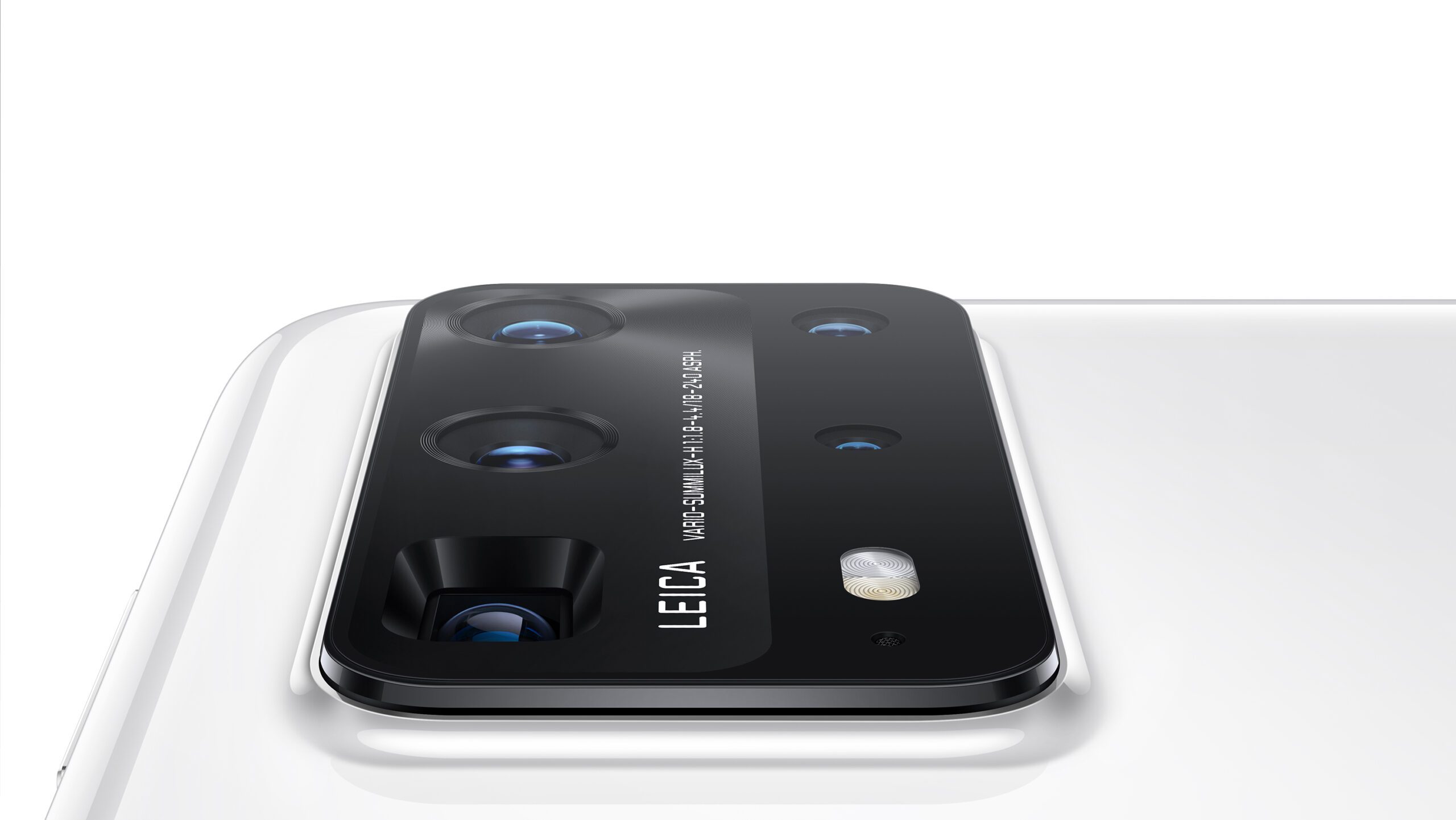
Mobile Photography – Waterfield Tech Folio Review
This folio from US manufacturer Waterfield is a little different to the majority of bags and cases on the market. I like cases and bags and by that I don’t mean I like them because I can carry things and take it all somewhere (which of course is the purpose of any bag) but that I take an interest in bag design. For a start, the bags are not only designed in the US but made there too, in San Francisco. Compare that to just about any other tech bag and you’ll find that’s rare these days.
With regard to materials, Waterfield bags are either made of waxed cotton canvas, ballistic nylon or leather, or a combination of leather and choice of the two fabrics. The Tech Folio Plus reviewed here is made from canvas and leather and while it looks good in photos it looks even better in the flesh. Not only does the choice of leather and canvas lend it authenticity (bags have been made from these materials for centuries) but, in contrast, the design is modern and discrete. It looks a little utilitarian even – in a good way. It’s stylishly attractive, but it doesn’t bow to today’s preoccupation with promoting wealth. Which is just as well, as you’re likely to be packing some pricey kit – it’s not called a tech folio for nothing.
While the outside is impressive in an understated way, the inside is equally impressive only it’s the opposite to understated. Unzip either compartment and you’ll find the most luxurious looking nylon rip-stop type fabric you’re ever likely to find in a functional bag like this. Its rich warm apricot color is detailed with a rip-stop pattern woven from gold thread that shimmers in the light. There’s not a stich out-of-place or a thread hanging lose. That’s real workmanship, and it’s good to see.

Inside the leather front flap you’ll find pockets at the top for business cards, cables, or a small USB charger. Underneath that are slips for pens, passport or a mobile (cell) phone. I would have liked a pocket for a small Moleskine notepad or similar but there is still room for one if you’re prepared to lay it over everything and tuck it under the zip.
Accessed via another zip that opens all the way around the case, from one end of the tape handle on the top to the other, the main compartment consists mainly of zipped mesh pockets, a padded sleeve for the notebook and two padded pouches, all well-thought out, neatly stitched and easily accessible. From memory cards and flash-disks to cables, card reader and a power brick, there’s isn’t much in one’s digital life that can’t be stored here. The two padded pouches are ideal for more delicate items such as a mouse and portable hard-disk (it will just about fit a bulky LaCie Rugged harddisk). Behind that is the padded sleeve that’s easily big enough for a my 11-inch MacBook Air with room to spare. In fact it will take a 13-in MB Air or a 12.9-in iPad Pro.
Externally there’s a handle made from webbing along the spine which although thin appears deliberately so and doesn’t intefere with the folio’s clean lines, especially if you carrying it around in the hands in the ofice or studio. When needed, the handle is plenty tough enough, even when the bag is full (and it can get heavy when packed full). Another strap, made from canvas is stitched flat on the rear is equally useful and doubles as security when used with a roller. Web loops either side of the webbing handle, and repeated at one end so that you can choose orientation, are provided for the optional strap. With the shoulder strap in place the canvas naturally clings a little to clothing when you’re on the move, which is a plus. The Waterfield Tech Folio Plus retails at $149, while the padded ‘1.5-in suspension’ version is $22 extra and is probably essential if you’re going to use the folio for commuting. That brings the total to $171 plus shipping and taxes; not cheap exactly but then quality like this never is.
Visit the Waterfield site.




